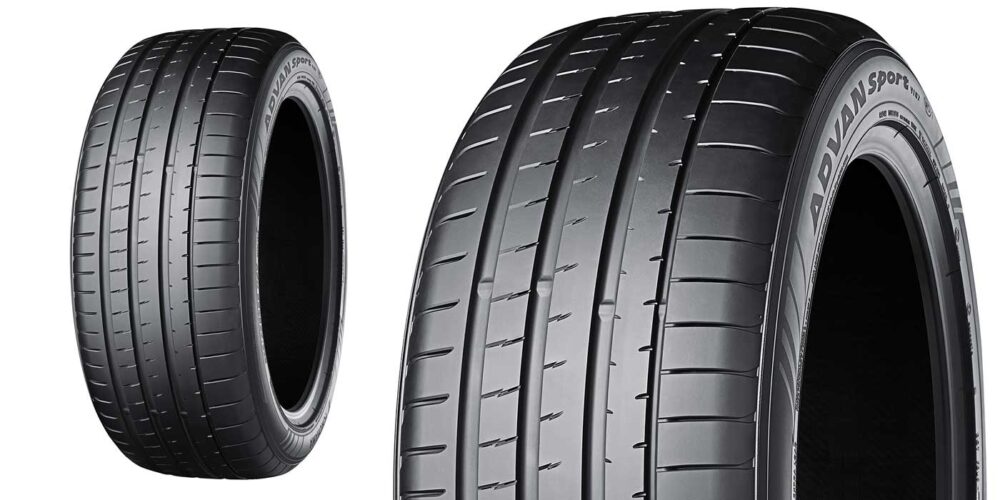Historically, the issue of scrap tires and how to dispose of them responsibly has been a thorny problem for most fleet operators.
Fleets of sufficient size (negotiating leverage) often pass this task along to their supplying dealers, but the costs and logistics of handling scrap tires continues to be viewed as a problem. There is new information now that could cause this to change.
The first line of defense in good tire management is to delay the final trip to the scrap pile as long as possible. The trucking industry is far ahead of other transportation segments in this effort. Materials and process developments in new tire casings, combined with improved repair techniques and advances in retread technology have contributed to radial tires that retain more of their original tread performance characteristics than ever before.
The economic benefits of extending service life, while maintaining vehicle reliability and safety, are now widely realized. There are, however, some disturbing environmental facts to consider when those casings are no longer repairable or usable.
Tire manufacturing consumes lots of petroleum (22 gallons of oil for over-the-road radials), and much of this energy is still contained in the scrapped tire. Approximately seven gallons are used in retreading that same casing. When scrapped, tires still contain more BTU content, per pound, than high quality coal.
Truck tires also contain a considerable amount of quality steel, since only very homogeneous bar stock, mostly imported, is acceptable for the precision deep drawing process used in making steel tire cords. Finally, there is a lot of carbon, a key component for the steel manufacturing industry. With this said, it seems wasteful that many tires are simply chopped for use as energy-absorbing playground material, added to asphalt for road pavements or put into landfills.
Two problems have traditionally stalled more efficient scrap tire solutions. First, used tires are costly to transport as low value freight, and there are still only small numbers of widely scattered reclaiming facilities. New technology and major capital investment are required to make most of the reclaiming processes economically productive. Chopped tires, or tire derived fuel (TDF) burn at high temperatures, higher than many coal, natural gas or other petroleum-burning facilities can accommodate.
Specially outfitted burn chambers can accept tires and extract their high BTU energy, but new investment in these facilities has been slow. At the end of 2003, there were 89 U.S. facilities using TDF on a regular basis. It should be noted that TDF does burn very efficiently and emits no toxic chemicals when properly burned at these high temperatures. The Rubber Manufacturers Association (RMA) publishes the most complete report: www.rma.org/scrap_tires/.
Approximately 300 million scrap tires are generated annually. Only about 6% of these are commercial truck tires. This, of course, reflects the longer life cycle and extensive retreading typical of medium radials. While these figures are based on units, rather than tonnage, the trucking industry can still claim much higher life cycle utilization.
There are local, county and state regulations governing the use, storage and disposal of scrap tires. Some are the result of frustration with past abusive practices, including landfill pollution, tire fires and even tires as breeding grounds for mosquitoes. Today, remaining scrap tire stockpiles have been reduced from previous years and are heavily concentrated (about 91%) in only 11 states. The industry goal is to continue working away at scrap tire reserves and to create channels to dispose of newly generated scrap.
Due to the transportation costs noted earlier and widely varying locations of facilities, cash might flow in either direction when tires change hands. It might pay your fleet to investigate. The RMA report details scrap tire generation and usage broken down by numerous local regions and is a good place to start.













